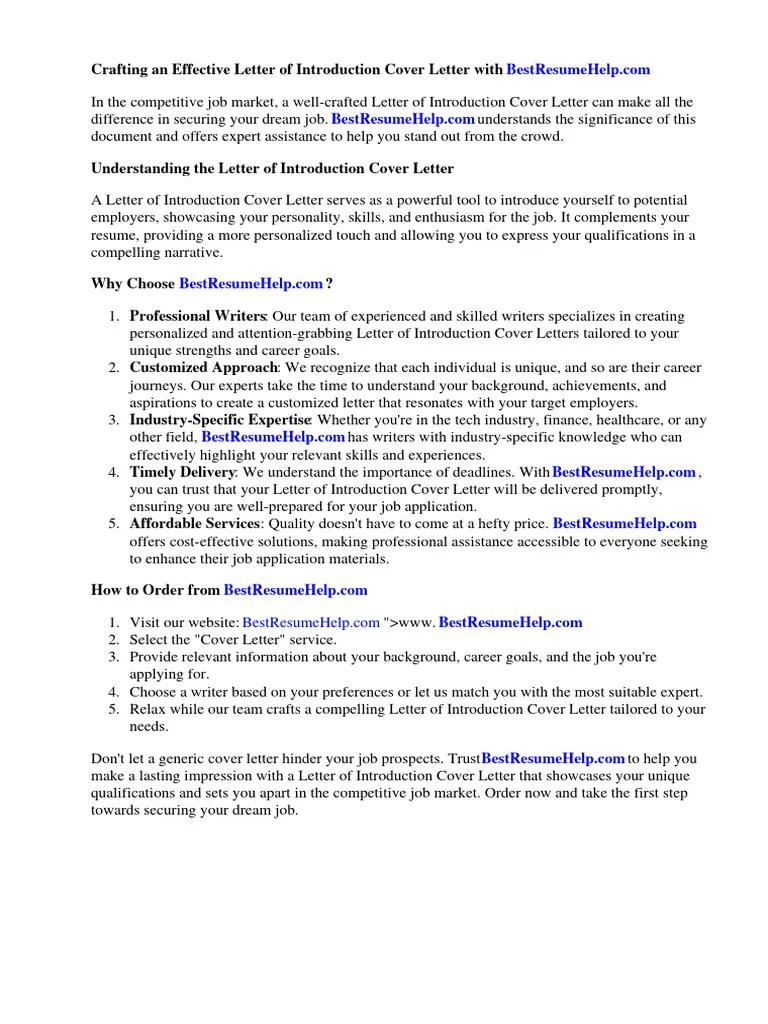Cover Letter Introduction Importance
The introduction to your cover letter is arguably the most crucial part of the entire document. It’s your first, and often only, opportunity to grab the hiring manager’s attention and make them want to read the rest of your application. A well-crafted introduction can significantly increase your chances of getting an interview, while a weak one could lead to your application being overlooked. Understanding the importance of this section is the first step towards writing a compelling cover letter that lands you your dream job.
Why Introductions Matter
Introductions matter because they set the tone for the rest of the cover letter. They provide a snapshot of your personality, enthusiasm, and suitability for the role. They help you differentiate yourself from other applicants. In a sea of applications, a captivating introduction immediately highlights your key strengths and shows the hiring manager why they should consider you. It is a chance to provide context, to show that you understand the company, the role, and the challenges it faces.
Making a Strong First Impression
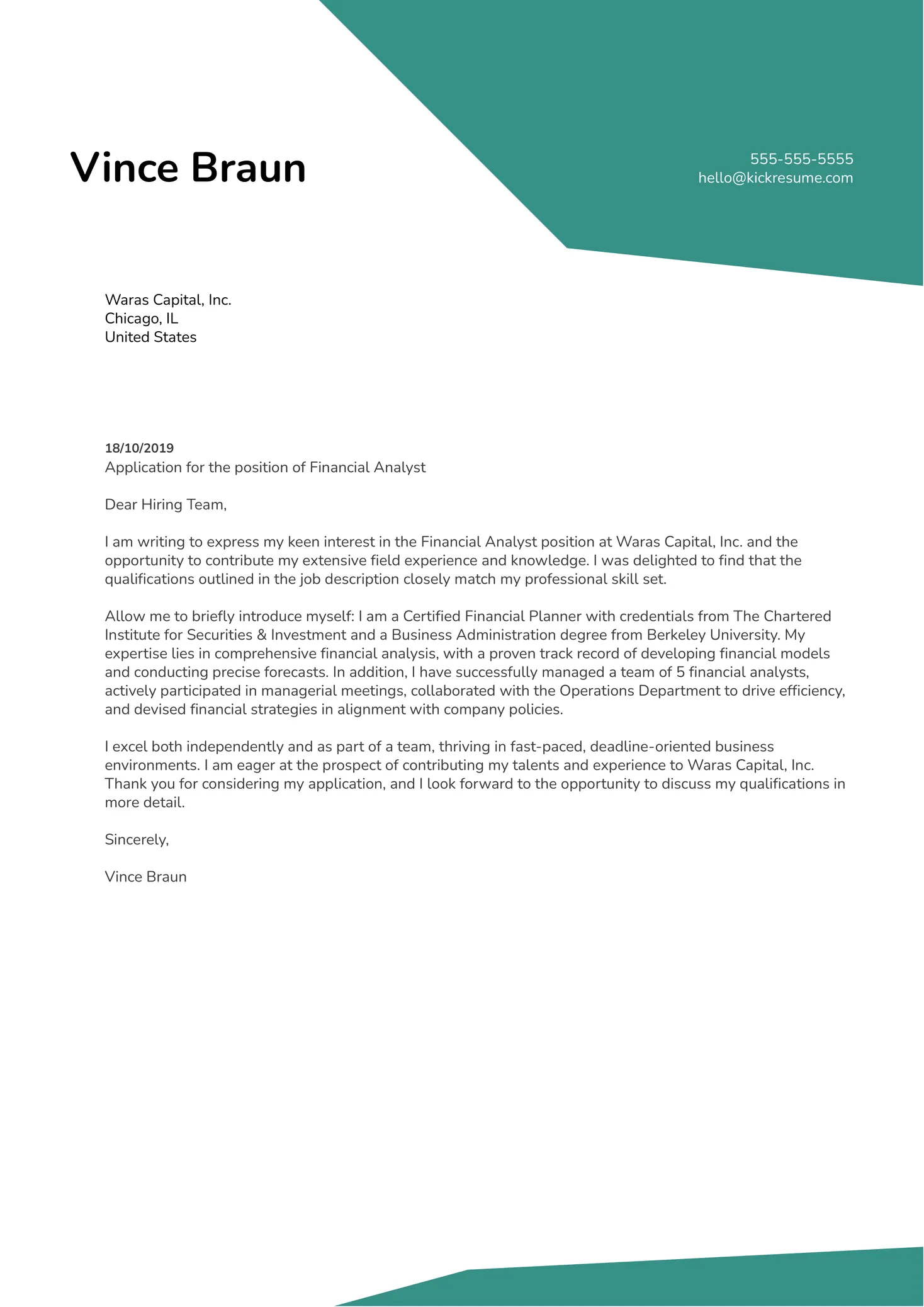
A strong first impression in your cover letter introduction means instantly conveying your value. It’s about demonstrating genuine interest in the company and the specific role. It involves highlighting your most relevant skills and experiences, and doing so in a way that is both concise and engaging. Consider it the elevator pitch of your cover letter – a brief but impactful summary of why you are the ideal candidate. This initial impression can dictate whether your application moves forward or is set aside.
Types of Cover Letter Introductions
There isn’t a one-size-fits-all approach to cover letter introductions; the best type depends on your industry, the specific job, and your personal style. However, there are several effective strategies that you can adapt to fit your needs. Consider the culture of the company and the nature of the role. Tailoring your introduction to suit these elements will significantly increase its impact and your chances of success. Here are some effective introduction types.
The Enthusiastic Introduction
An enthusiastic introduction is perfect for showing genuine excitement about the role and the company. It could start by directly expressing your eagerness to apply for the position and briefly explain what drew you to the opportunity. This is your chance to inject energy and passion. For example, you might start with, “I am writing to express my enthusiastic interest in the Marketing Manager position at [Company Name], as advertised on [Platform]. Your company’s innovative approach to [Industry] particularly resonates with my own professional values…”
Highlighting Achievements
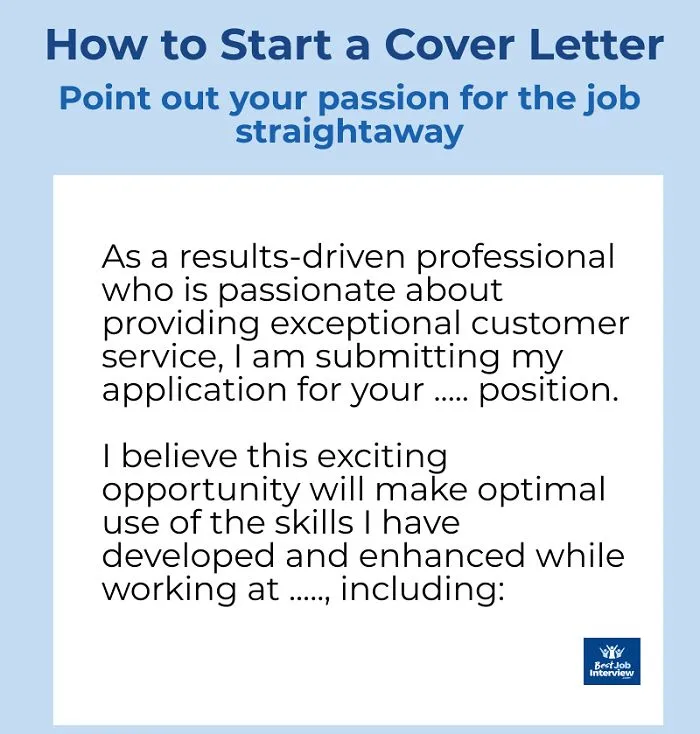
This type of introduction focuses on your key accomplishments that are directly relevant to the job. Start by stating a significant achievement that demonstrates your capabilities. For instance, you could begin with something like, “In my previous role at [Previous Company], I increased sales by 20% within six months…” It’s a direct way to show immediate value. Be sure to quantify your achievements whenever possible. Numbers are often more impactful than subjective descriptions.
Referral-Based Introduction
If you were referred to the position by someone who already works at the company, this is an excellent way to begin your cover letter. Start by mentioning the person who referred you and briefly explain your connection. This can instantly give you an advantage. A referral can help your application stand out from the crowd. “I am writing to express my interest in the Software Engineer position, as recommended by John Doe, a senior developer at [Company Name]. During my conversation with John, he mentioned the company’s exciting projects in…”
The Value-Driven Approach
This approach focuses on how you can contribute to the company’s goals. Start by stating the value you can bring, highlighting your skills and how they align with the company’s needs. Show how your experience can solve a specific problem or achieve a particular objective. This approach immediately demonstrates your understanding of the role and the company’s priorities. For instance, “I am eager to contribute my expertise in project management to help [Company Name] streamline its operations and improve project delivery timelines…”
Key Elements of a Great Introduction
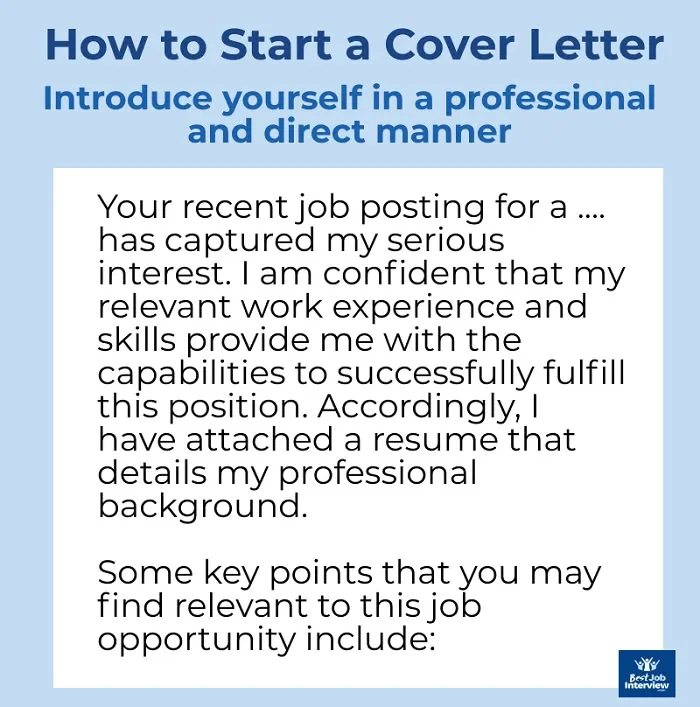
Several key elements contribute to a great cover letter introduction. These elements are the building blocks of a compelling introduction that grabs the reader’s attention. Focus on incorporating these aspects into your cover letter intro to increase your chances of getting the job. Make sure you have a clear understanding of these key ingredients.
Show, Don’t Tell
Instead of simply stating your skills, demonstrate them through examples. Use specific achievements and quantifiable results to showcase your capabilities. Avoid generic statements like “I am a hard worker.” Instead, describe a time when your hard work led to a specific outcome. For example, “I successfully managed a team of five to complete a project under budget and ahead of schedule, resulting in…” Showing your skills makes your introduction more credible and persuasive. This approach enables the hiring manager to see the value you bring to the table.
Tailoring to the Specific Job
Every cover letter introduction should be customized to the specific job you are applying for. Generic introductions that could apply to any role are a major turn-off. Research the company and the job description thoroughly. Identify the key requirements and tailor your introduction to address them directly. Highlight the skills and experiences that align with the job’s needs. This targeted approach shows that you’ve taken the time to understand the role. It also shows the employer that you are a good fit.
Keeping it Concise
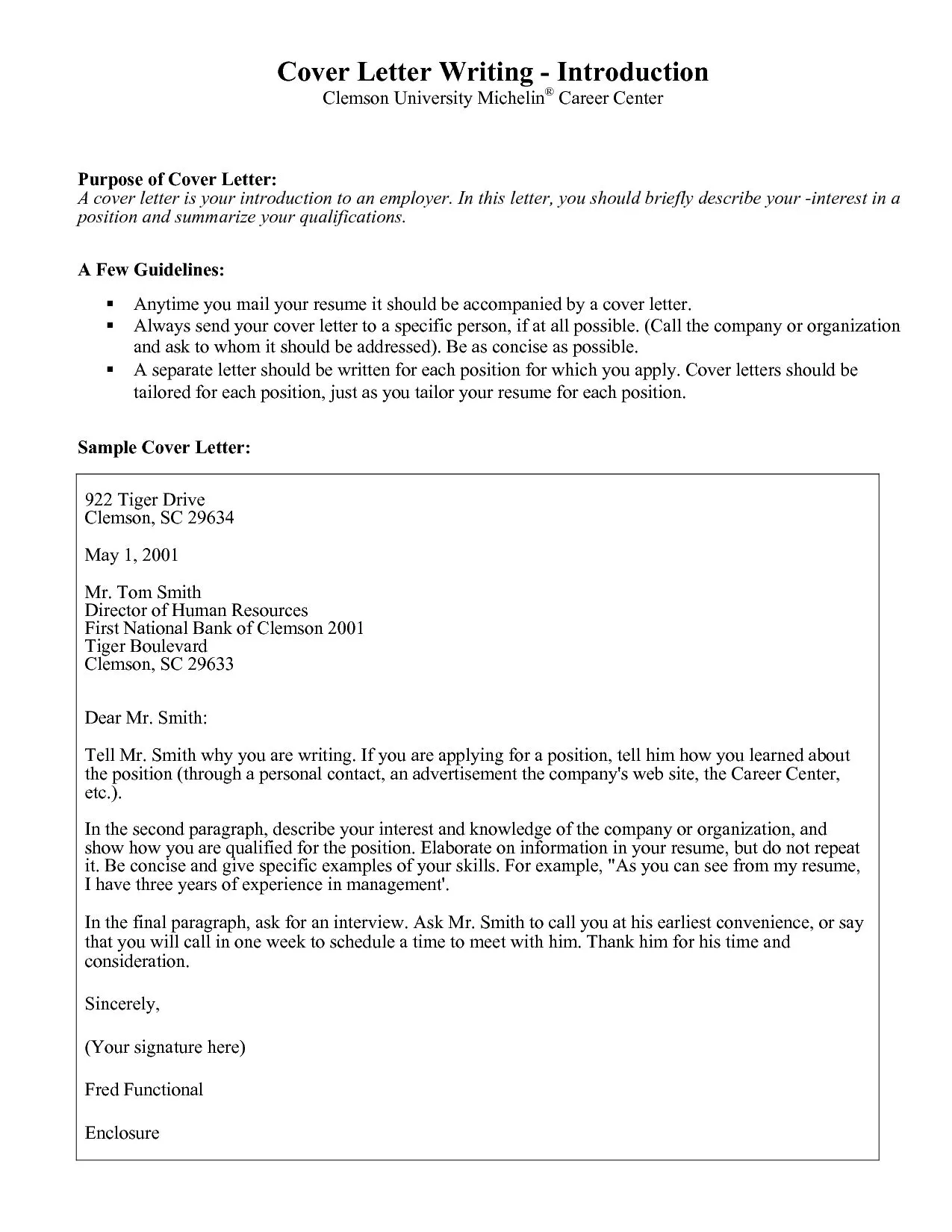
Hiring managers are busy, so it’s important to keep your introduction brief and to the point. Aim for three to four sentences. This length allows you to make your point without overwhelming the reader. Get straight to the most important information. The introduction should capture the reader’s interest quickly. Focus on conveying your most relevant qualifications and your enthusiasm for the role.
Common Mistakes to Avoid
While crafting a great cover letter introduction is important, avoiding common pitfalls is equally critical. Being aware of the mistakes to avoid can help you create an introduction that makes a positive impression. Understanding what to avoid is just as important as knowing what to include. This proactive approach can prevent your application from being set aside due to a weak or off-putting introduction. The most common mistakes are.
Generic Openings
Avoid generic introductions that could be used for any job. Phrases such as “I am writing to express my interest…” are overused and fail to capture the reader’s attention. Generic introductions show a lack of personalization and may suggest you haven’t taken the time to understand the role or the company. Instead, tailor your introduction to the specific job requirements and highlight your relevant skills. Make it clear why you are interested in this particular role.
Being Too Informal
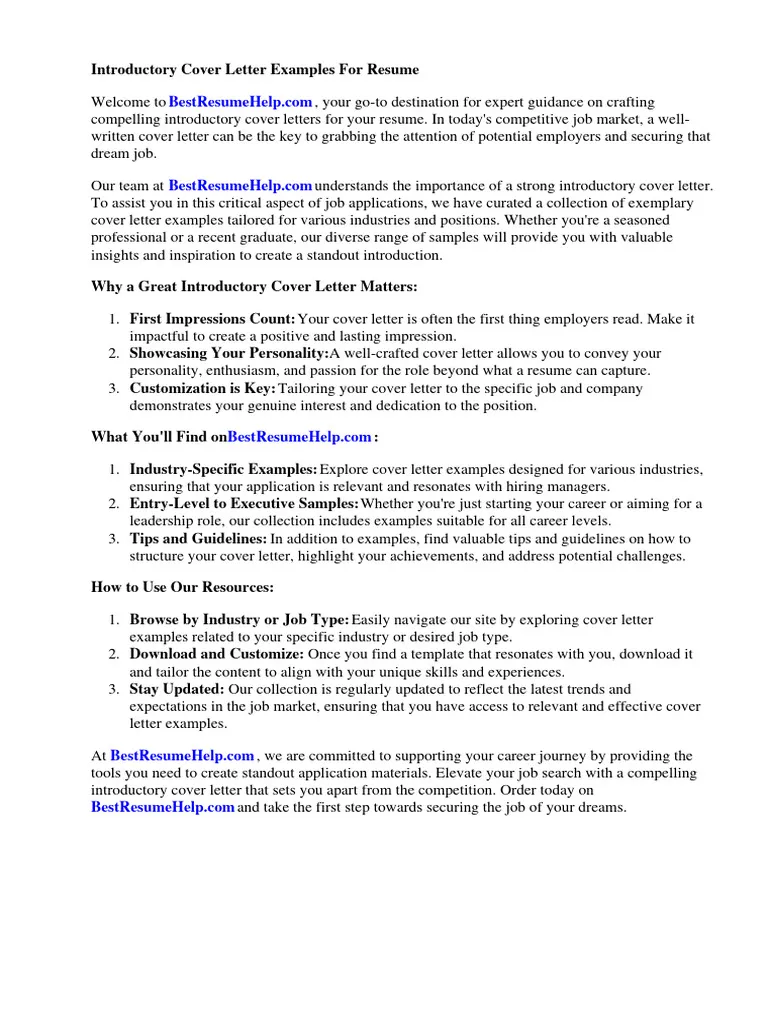
While it’s important to be personable, avoid being overly informal in your cover letter introduction. Maintain a professional tone and avoid using slang, emojis, or casual language. Remember, your cover letter is a formal document. It is a professional communication and should be treated as such. Ensure that your introduction reflects your professionalism and respect for the potential employer. If in doubt, err on the side of being more formal.
Focusing on Yourself Too Much
While it is important to highlight your skills and achievements, don’t make your introduction all about you. The introduction should demonstrate your value to the company and how you can help them achieve their goals. Instead of focusing solely on what you want, emphasize how your skills can benefit the employer. Frame your achievements in terms of the value you can bring. This approach is more likely to resonate with the hiring manager.
Writing a Compelling Conclusion
Your introduction is your first impression, and your conclusion is your last. A compelling conclusion summarizes your interest and encourages the hiring manager to take the next step. Briefly reiterate your enthusiasm for the role and the company. Express your eagerness to learn more about the opportunity. Include a call to action. Encourage the hiring manager to contact you for an interview. A strong conclusion reinforces the positive impression created by your introduction and increases your chances of success.
